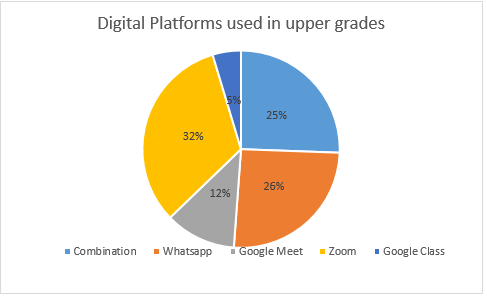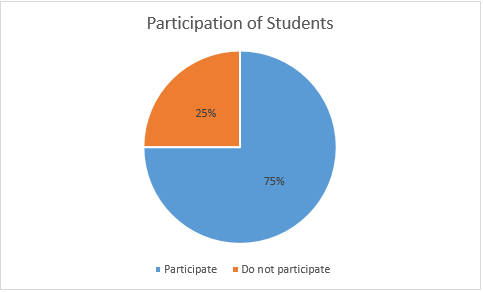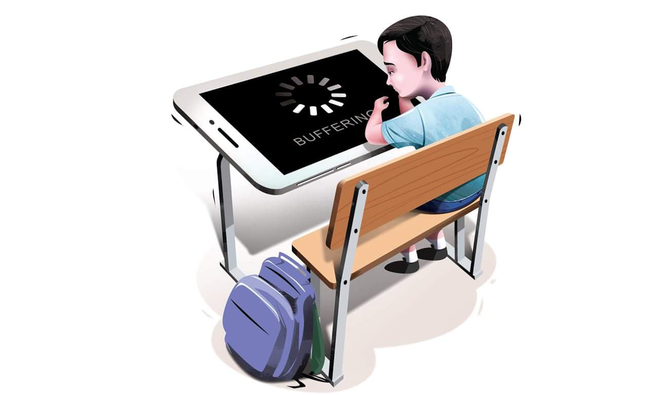KTÖS conducted a research on distance education in schools where it is organized in order to promote the qualified development of distance education, increase technology literacy and express inequalities in education.
In this study that conducted with 106 schools, 185 primary and preschool teachers / school administrators were interviewed and scientific data were generated by analyzing their distance education experiences.
As a result of the answers given to the questions about the digital platforms used, the devices used, access and participation, data that will enlighten not only our union, but also the Ministry of Education and academics were obtained.
While early childhood students (4-8 years old) can be reached through a-synchronous platforms, students at the second level of basic education (9-11 years old) can be reached by our teachers through online and offline open education platforms.
While educational materials are generally shared through Whatsapp with lower grades, various online and offline platforms are preffered to share educational materials with upper grades.
Our teachers and schools make an outstanding effort to reach their students through virtual platforms within their own means and budgets.
A-synchronous applications are mostly preffered in regions where there is less family support and difficulties to access internet, electronical devices such as tablets, laptops, PCs etc. Even in a-synchronous applications, 10% of children are not attending to the classes. The low number of devices in households with many children, internet access problems, families ignoring information provided by teachers/schools and similar impossibilities are some of the reasons for this.
In online applications, 25% of students cannot access the education provided for various reasons. Device problems in homes with more than one child, lack of equipment, internet access, reluctance to participate in the lesson, technical problems and impossibilities can be shown as reasons.
90% of students access education via smart phones. This is a serious challenge in older grades (9-11 years) in terms of motivation, reading / listening coordination and follow-up. The way to minimize this difficulty is to provide tablets for students and simulation-based content support for teachers.
In Cyprus, we have education experts with adequate academic and intellectual competence that required to produce materials unique to our island and to create an open education platform of our own. It will be sufficient for the Ministry of Education to make the necessary technological investments for teachers and students to take this potential forward.
Vaccination should be a priority for teachers and students in order to create a healthy and safe environment for returning to schools, and random PCR testing should be performed more frequently. We should not forget that apart from the education provided, schools are safe places which also contribute to socialization and emotional development of children and where inequalities among students can be eliminated to some extent.
How is Distance Education Experienced in northern Cyprus?
- Digital platforms and resources used
Teachers frequently use digital platforms and resources in distance education process. Whatsapp, which is known as a communication platform rather than education, is one of the most used platforms for online education. Whatsapp is followed by Zoom, Google Meet and Google Classroom, respectively. Many teachers prefer to use a combination of digital platforms.

The digital platforms and resources teachers use differ in number and function. This diversity is determined by the needs arising from branch and level differences. While various platforms are used in upper grades, we can see that only Whatsapp is used in lower grades and preschool level.

- Participation in distance education
According to the research, an average of 75% of the students participate in online distance education while a significant number of students cannot.

It was stated that while 90% of the students who are attending the classes are entering the portals/systems via smart phones, only 10% of them are using devices such as desktop computers, tablets or laptops. In addition to having internet at home, students should have proper tools such as a tablet or computer to participate in distance education over the internet. Studies show that smart phones are insufficient, especially for attending live classes.

The main reason of the problems experienced in the distance education process is inequality. This inequality manifests itself as difficulty in access to the internet infrastructure, lack of devices and equipments that students need in the distance education process, inadequacy in the home environment caused by inequality between households and also inadequate parental support.
- What can be done?
UNESCO states that in order to ensure that distance education offers qualified and equal education opportunities for all, it is necessary to make necessary preparations for technological, content, pedagogical and monitoring-evaluation issues. These preparations are:
- Technological preparation; providing access to computers, tablets and other digital devices with internet connection that will allow all students to access distance education at home,
- Content preparation; online training activities and access to materials compatible with national curricula,
- Pedagogical preparation; helping teachers to design online learning, internet-based distance learning, using home learning-based materials, and providing opportunities for parents or caregivers to facilitate effective home-based distance learning,
- Preparation for monitoring-evaluation; includes the capacity to monitor access to distance learning, to monitor the learning process and disruptions, and to evaluate learning achievements.
Prepared by: Burak Maviş, Süleyman Gelener, Gizem Kavaz

